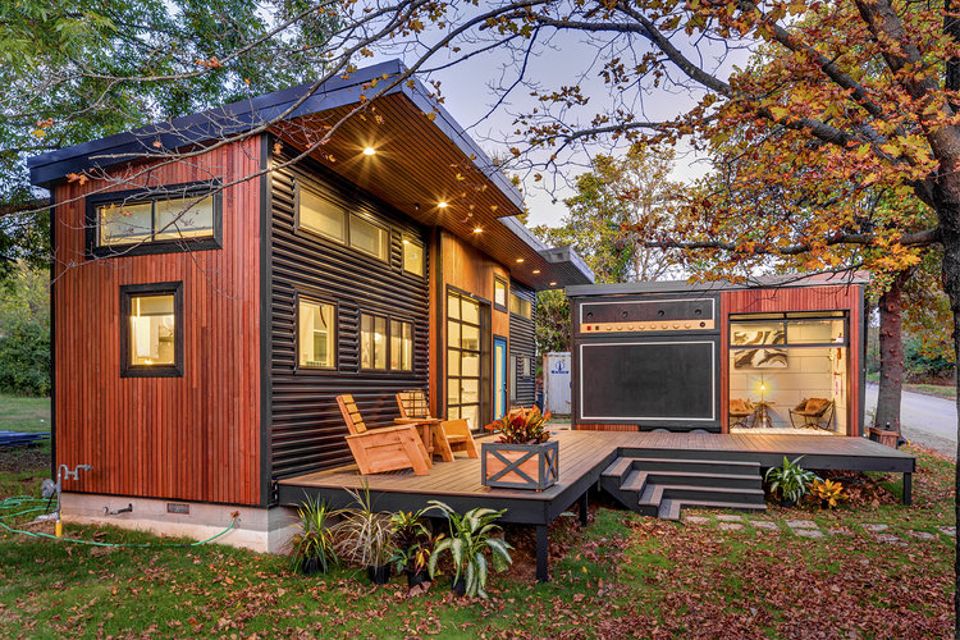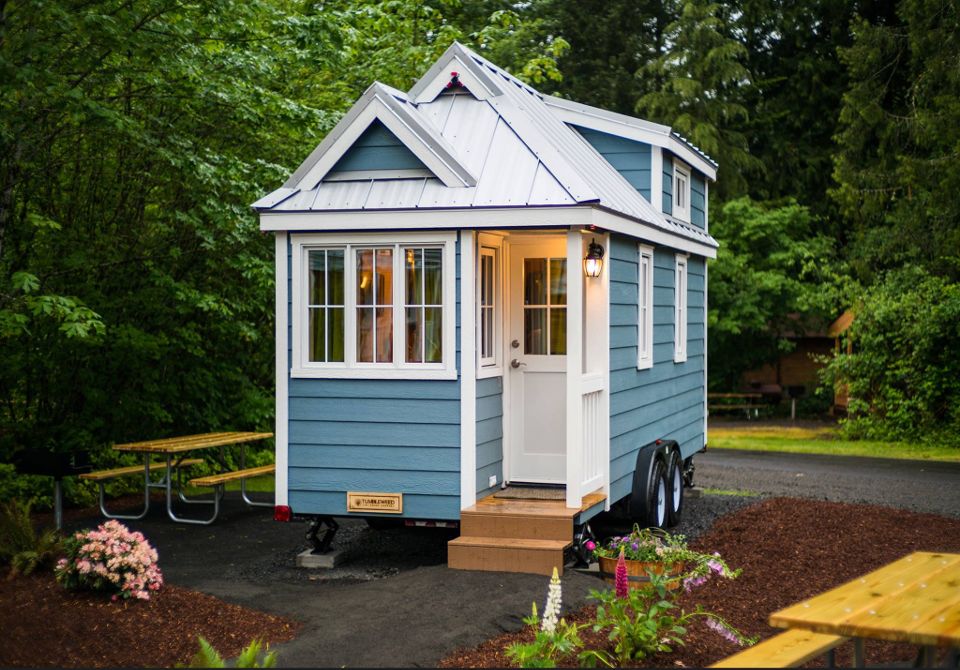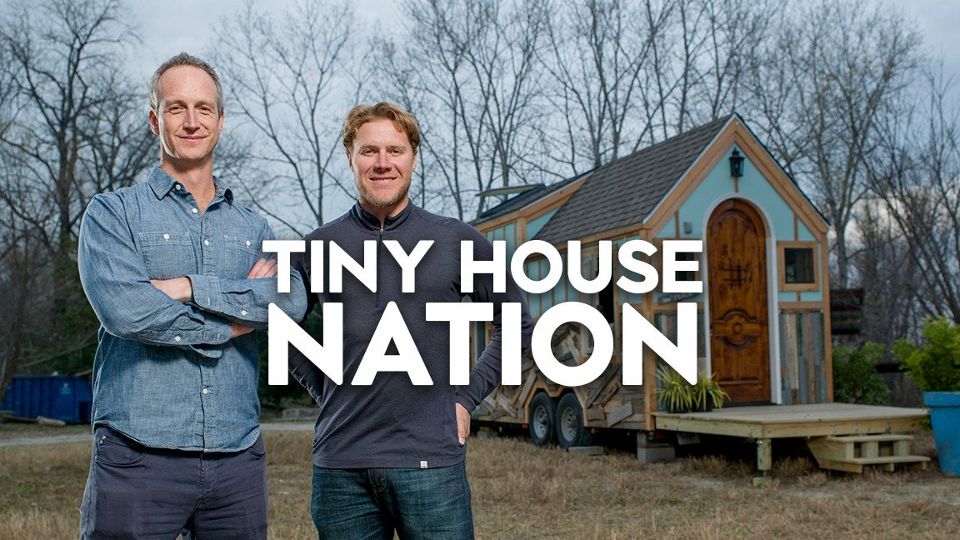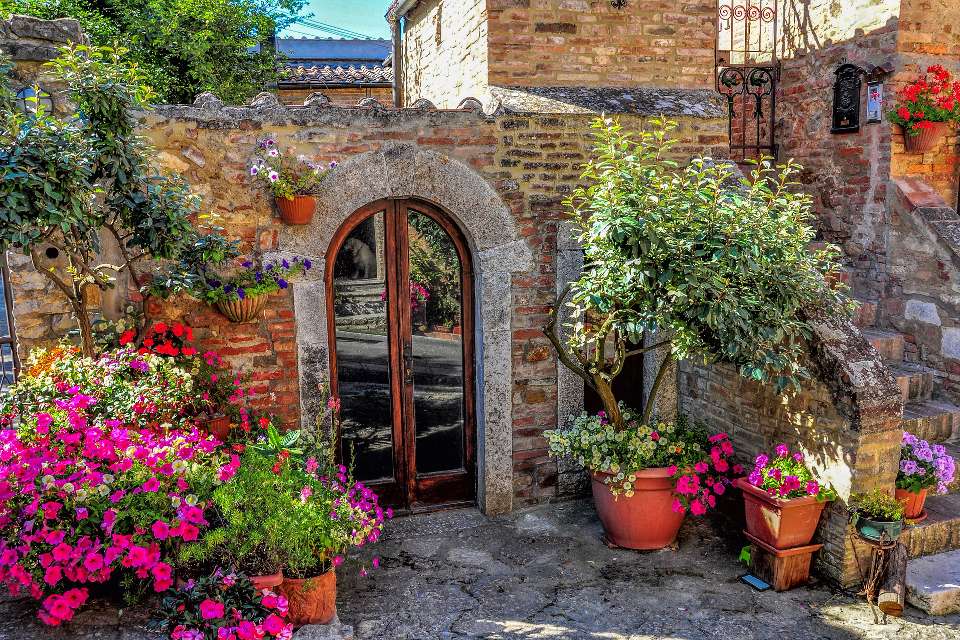Featured
- Get link
- X
- Other Apps
Tiny Houses for Simple Living
 |
| The Rocker tiny house (Photo: Don Shreve | Viva Collectiv) |
The recent Mindanao earthquakes have devastated not only lives but also homes, buildings and infrastructure. It definitely has shaken the confidence of Mindanaoans in the safety and strength of structures that a surge of posts related to earthquake procedures and survival kits circulated on social media. One viral post in particular suggested we start making houses out of a material known for its toughness and stability: Container Vans or Shipping Containers.
Safety First!🤔💪🏻🙏🏻☝🏻
#GahiMahugno
#ContainerVanHouse
#PhotosCTTOPosted by Cheng Cheng on Saturday, November 2, 2019
Container houses are part of the Tiny House Movement, “an architectural and social movement that advocates living simply in small homes” (Wikipedia). The most recent revival of this movement started in the late 90s when American Jay Shafer designed and built one on a trailer for his own use. He then founded the Tumbleweed Tiny House Company.
 |
| One of Tumbleweed Tiny House's Models (Photo credit: Mt. Hood Tiny House Village) |
I first heard of the Tumbleweed houses in 2010 after the great recession of 2008 made the idea of a small home attractive to home buyers in America. In the Philippines, however, small is the norm.
Small houses are usually defined to be between 37 sq.m. (400 sq.ft.) and 93 sq.m. (1,000 sq.ft.) while tiny houses are less than 37 sq.m. (400 sq.ft.). Those terms are within the range of standard houses (50 sq.m. or less) built by developers in the Philippines. Adjusting to container homes, then, is not that big of a problem when it comes down to size.
 |
| "Tiny House Nation's" hosts John Weisbarth, left, and Zack Giffin. (TVNZ) |
Tiny Houses in the Media
Because of the growing popularity of small houses worldwide, more people are consuming media resources that talk about, give space saving tips, and customize tiny houses. One such show is Tiny House Nation, an American reality series where renovation experts John Weisbarth and Zack Giffin assist clients, mostly couples, build their desired homes.
What I like about this series is the duo’s creativity in solving some of the hardest, sometimes absurd, requests from the clients. In fact the best part of this show is Zack Giffin’s ingenious space design. All his custom furniture are works of art.
The one thing that irks me, though, is the clients’ desire to make these houses larger to accommodate more and more stuff. This takes away from the mobility of some houses and the simplicity of living originally championed by the movement.
Tiny House Nation is available on Lifetime Channel and Netflix Philippines.
If you prefer to watch and follow YouTube channels, New Zealand-based Living Big in a Tiny House by Bryce Langston is an excellent source of short, documentary-style videos on small space living. It’s an avenue for the owners to share their story from start to finish and explore the reasons for every choice and decision they’ve made. Living Big includes everything from trailers, buses, tree houses, earthships, tents, sailboats, to cottages and all kinds of small homes. Whatever you’re interested in, I’m pretty sure Living Big has covered it, or will eventually.
If you haven’t already done so, I highly recommend subscribing to the Living Big in a Tiny House YouTube channel.
Popular Posts
Dealing with my family’s finances during the pandemic
- Get link
- X
- Other Apps
Garden Styles for the Plantito and Plantita
- Get link
- X
- Other Apps




Comments
Post a Comment